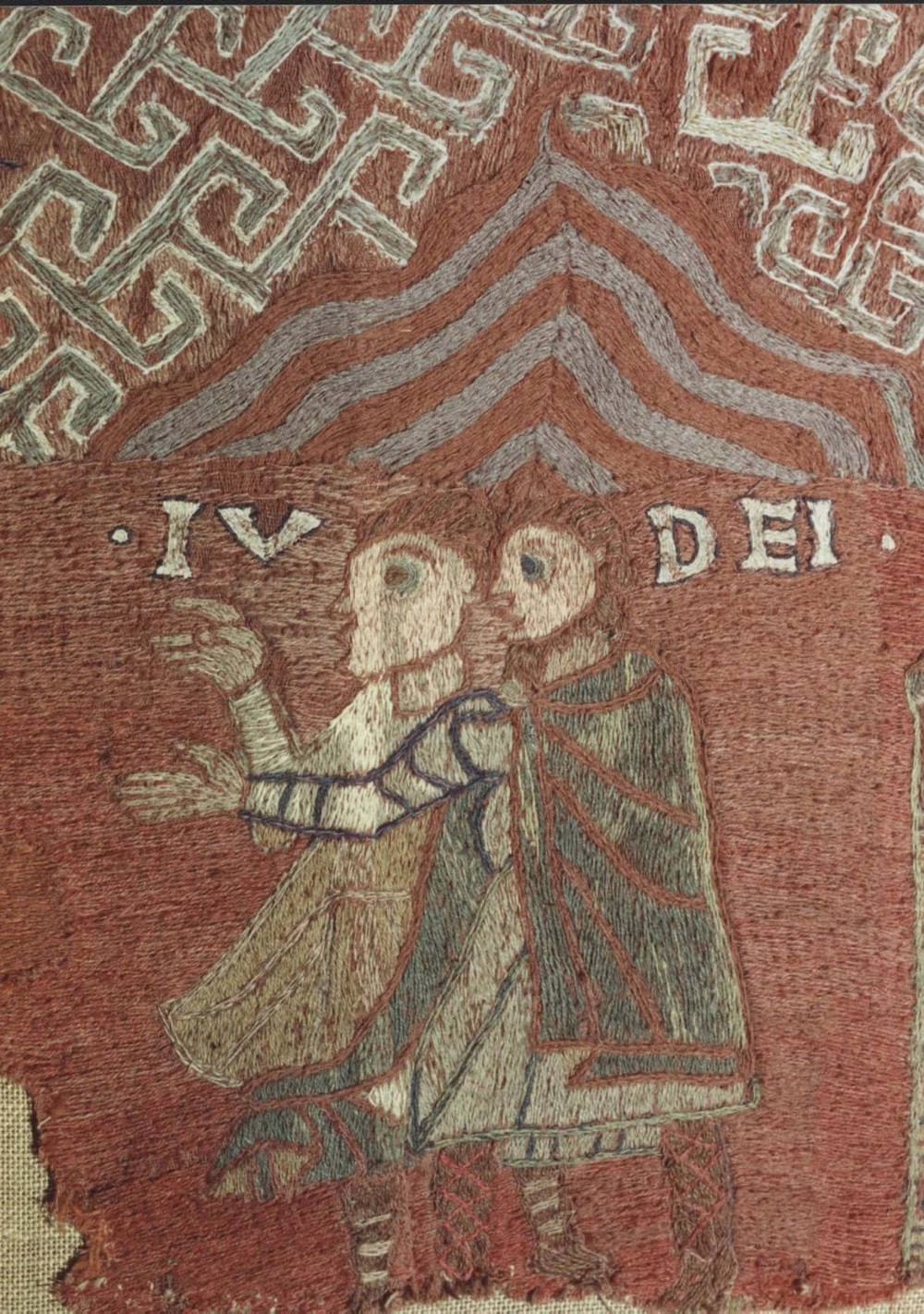Recursos

THE HEBREW DOCUMENTS OF THE AMGi
How long have we known about it?
The earliest documentary references to Jewish families in Girona date from the late 9th century. They lived there until 1492, when they had to abandon the city as a result of the decree by Isabella I of Castile and Ferdinand II of Catalonia-Aragon, whereby they were expelled from their kingdoms.
Where did it live?
To begin with Jewish families are recorded living next to the present-day episcopal palace. Later and until the 15th century they gradually concentrated inside the Força Vella of the city and eventually created the Call of Girona.
The call is the name given to the Jewish quarter in the cities and towns of medieval Catalonia.
How did it live?
The Jewish community was governed and administered by the aljama. The council of the aljama, made up of distinguished members of the community, met periodically and was governed by the Law of Moses, although royal privileges always took precedence.
Jewish communities in Catalonia paid taxes directly to the king via the col·lectes, which established their share-out and collection.
The religious life of the community was structured around the synagogue, the place where Jews gathered to study, pray and learn the law of God. The synagogue in Girona, which included schools and ritual baths, is recorded in three different places.
Who lived there?
Between the 12th and 14th centuries there were as many as 800 people of the Jewish faith living in the city, equivalent to 7 or 8 percent of the total population of Girona. They worked in various occupations, although craftsmen predominated. Others ended up in important posts within the Catalan-Aragonese kingdom, like for example Astruc Ravaia and his sons, who were mayors and royal treasurers between 1267 and 1284. Others, devoted to mercantile business, like the Cresques and Caravita families, among others, extended their business interests beyond the city.
Outstanding, though, is master Mossé ben Nahman, a wise man, philosopher and poet known everywhere, born in Girona and who was a doctor to James I. Along with other contemporary thinkers he turned Girona into one of the main centres of study and dissemination of the kabbalah in the 12th and 13th centuries. The kabbalah is a philosophical tendency typical of medieval Judaism based on mysticism.
Why did it leave?
From the middle of the 14th century onwards relations between the Jewish and Christian communities deteriorated, since the social and economic unease that was being experienced all over the country was channelled against the Jewish community, considered by the Christians to be a symbol of evil and of general problems. Jewish families fell victim to a number of riots; the attack they suffered in 1391 was especially violent.
On 31st March 1492 Isabella I of Castile and Ferdinand II of Catalonia-Aragon enacted the decree of expulsion of Jewish families from all their kingdoms. Between 31st July and 2nd August 1492 a great number of people were forced to abandon their houses, land and documents.


